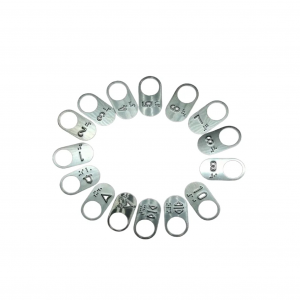Carbon steel spray-coated KONE elevator main rail guide shoe shell
Description
| Product Type | customized product | |||||||||||
| One-Stop Service | Mold development and design-submit samples-batch production-inspection-surface treatment-packaging-delivery. | |||||||||||
| Process | stamping,bending,deep drawing,sheet metal fabrication,welding,laser cutting etc. | |||||||||||
| Materials | carbon steel,stainless steel,aluminum,copper,galvanized steel etc. | |||||||||||
| Dimensions | according to customer's drawings or samples. | |||||||||||
| Finish | Spray painting, electroplating, hot-dip galvanizing, powder coating, electrophoresis, anodizing, blackening, etc. | |||||||||||
| Application Area | Elevator accessories, engineering machinery accessories, construction engineering accessories, auto accessories, environmental protection machinery accessories, ship accessories, aviation accessories, pipe fittings, hardware tool accessories, toy accessories, electronic accessories, etc. | |||||||||||
Quality Management
Quality Planning
To guarantee that the production process satisfies these objectives, establish precise and consistent inspection standards and measurement techniques during the product development phase.
Control of Quality (QC)
By testing and inspecting products and services, we can make sure they live up to quality standards throughout the whole production process.
Regularly inspecting samples can help lower the rate of product defects.
Assurance of Quality (QA)
Utilize management procedures, training, audits, and other measures to avert issues and guarantee that goods and services satisfy quality requirements at every turn.
Prioritize process management and optimization over defect detection in order to prevent defects.
Quality Improvement
We work to enhance quality by gathering input from customers, examining production data, identifying the underlying causes of issues, and implementing corrective action.
Quality Management System (QMS)
To standardize and enhance the quality management process, we have implemented an ISO 9001 standard quality management system.
Core Objectives
Make sure customers are satisfied by offering goods and services that either match or surpass their expectations.
Optimize production processes, reduce waste and defects, and reduce costs.
Continuously optimize products and services by monitoring and analyzing production data.
Quality management
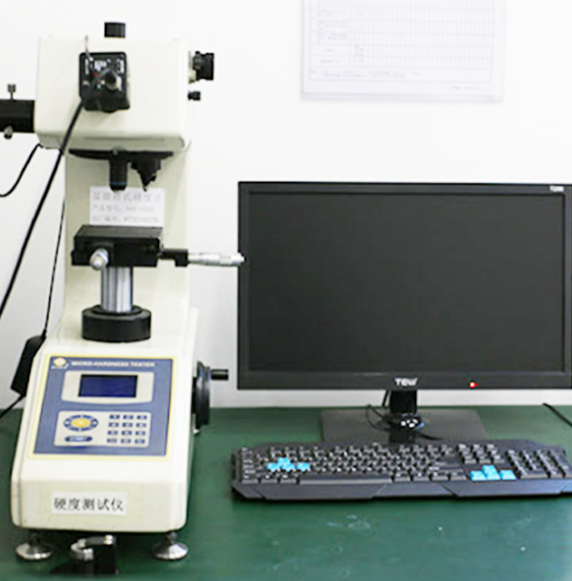
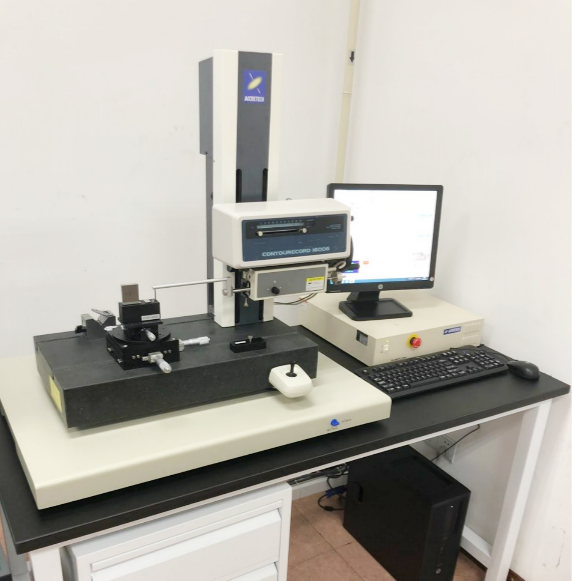
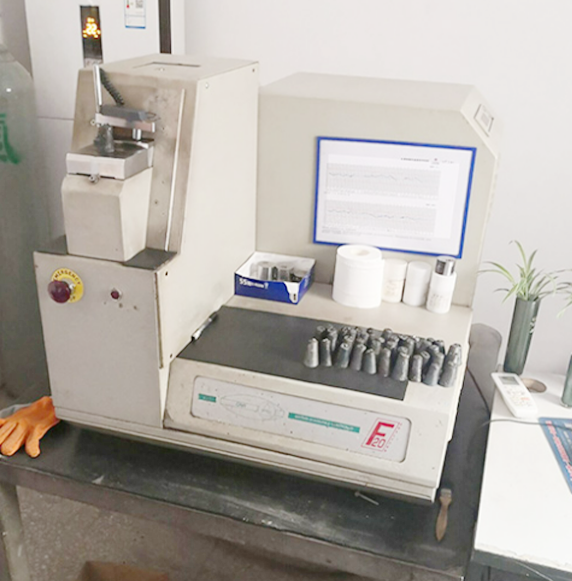
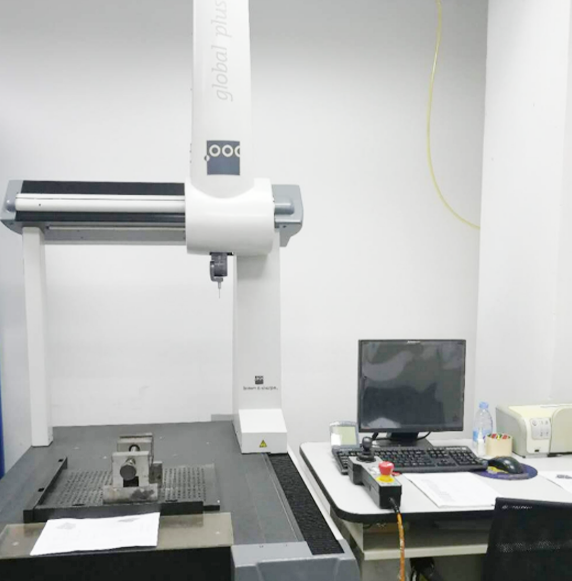
Vickers hardness instrument.
Profile measuring instrument.
Spectrograph instrument.
Three coordinate instrument.
Shipment Picture




Production Process
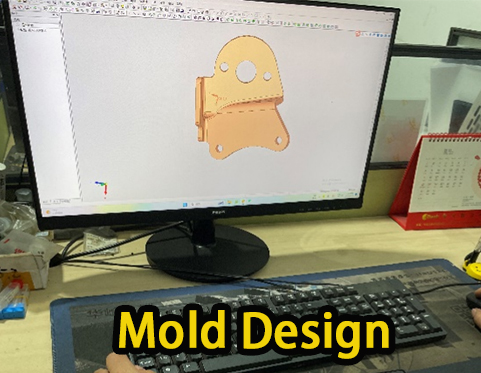
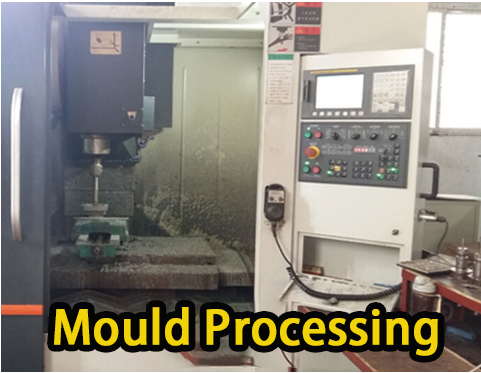
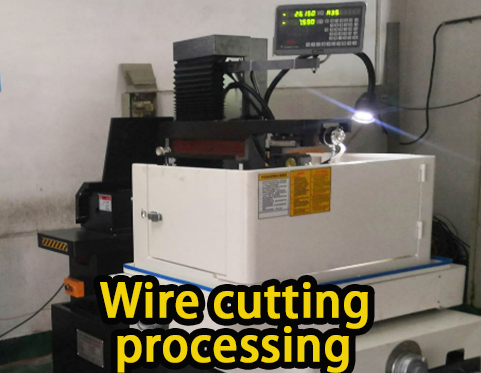
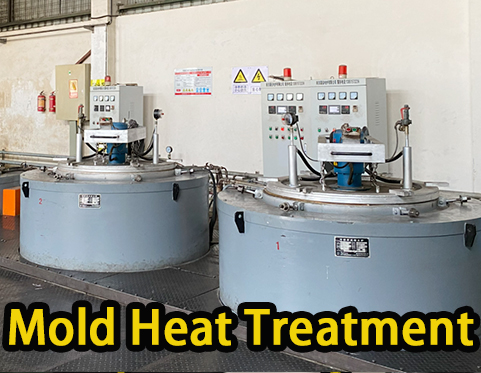
01. Mold design
02. Mould Processing
03. Wire cutting processing
04. Mold heat treatment
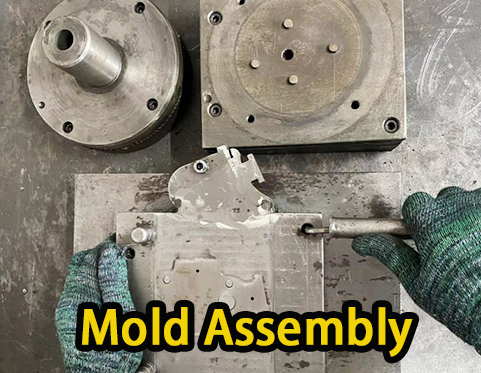
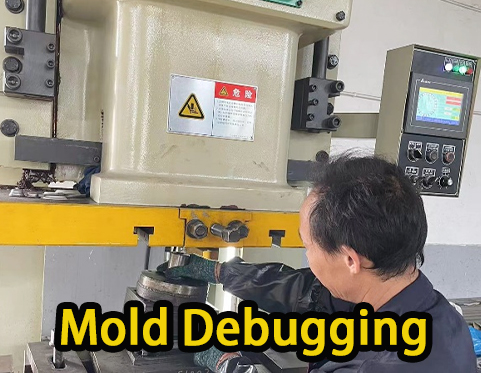
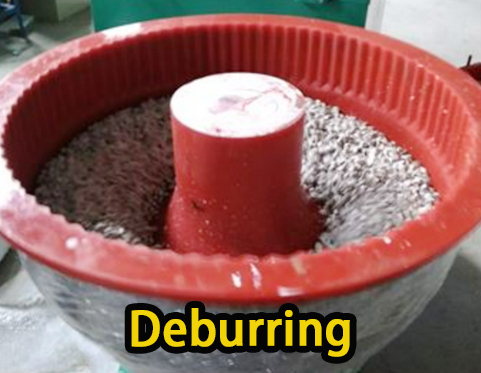
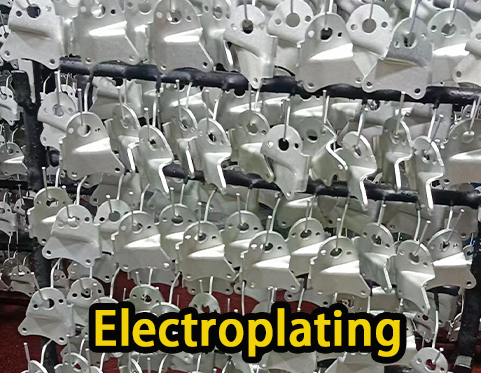
05. Mold assembly
06. Mold debugging
07. Deburring
08. electroplating

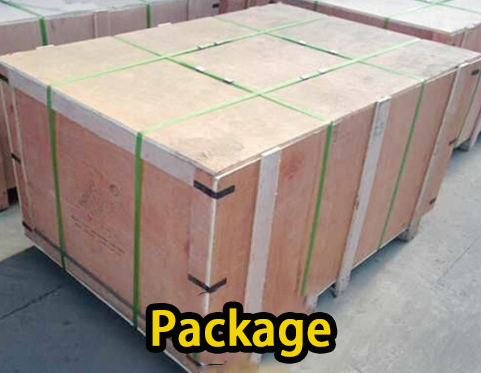
09. Product Testing
10. Package
What is RAL spraying process?
The RAL spraying process is a coating method based on RAL color standard, which is widely used in various industries. Through unified color specifications, RAL spraying ensures the consistency of color of different products. It is durable, environmentally friendly and highly decorative. It is one of the mainstream choices for modern industrial coating.
Introduction to RAL spraying process
1. Standard RAL color card
A method for matching colors is the RAL color card. A unique number, such as RAL 9005 (black), is assigned to each color to guarantee color consistency across various products and applications.
With hundreds of standard colors available for easy coating process selection, this standard is widely utilized in both liquid and powder coatings.
2. Type of spraying process
RAL spraying process types that are frequently used include:
powder coating
The color paint is evenly applied to the metal surface by electrostatic powder spraying, and a strong, uniform coating is created by baking at a high temperature. Strong adhesion, good wear resistance, environmental protection, and solvent-free powder spraying are among the advantages of this technique.
Spraying liquid
Using a spray gun, uniformly apply liquid paint to the material surface. It works well for coatings that call for unique effects or several color gradients.
3. Spraying steps
Usually, the RAL spraying process includes
Surface preparation: Clean, degrease and remove the oxide layer of the product to ensure the adhesion of the coating.
Primer coating: To improve adherence and safeguard the material, a coat of primer may be sprayed on first if necessary.
Spraying: Use spraying equipment to evenly apply the color coating in accordance with the chosen RAL color card color. Liquid spraying is administered directly, whereas powder spraying is typically deposited electrostatically on the metal surface.
Curing: To create a hard and long-lasting coating, the workpiece must typically be heated to a high temperature after spraying. This is especially true for powder spraying. Spraying liquid will either dry spontaneously or at a low temperature.
Processing and quality control: The goods must be examined for homogeneity, consistency in color, and coating surface quality following spraying and curing.
4. Advantages
Color standardization: Use RAL color cards to ensure that the color is consistent in different products and batches.
Strong durability: Powder spraying, in particular, is ideal for outdoor settings since it is resistant to wear, corrosion, and UV rays.
Protection of the environment: Since powder spraying doesn't use solvents, it has a smaller environmental impact.
Robust ornamental effect: offers an extensive range of hues and various surface treatments (high gloss, matte, metallic luster, etc.).
5. Fields for applications
Automotive industry: coating of parts, frames, and accessories for both aesthetic and protective purposes.
In the construction sector, coatings that offer corrosion resistance and UV protection are applied to building components, window frames, doors, railings, and elevator accessories.
Home appliance industry: surface coating of the outer shell of home appliances such as washing machines and refrigerators.
Other industrial fields: such as mechanical equipment, furniture, lamps, etc.
FAQ
1. Q: What is the payment method?
A: TT (bank transfer) and L/C are accepted.
(1. 100% of the entire amount prepaid if less than $3000 USD).
(2. Should the total exceed $3000 USD, 30% must be paid in advance and the remaining money must be paid by copy.)
2. Q: What is the location of your factory?
A: Ningbo, Zhejiang, is home to our factory.
3. Q: Are samples offered free of charge?
A: Normally, we don't give away free samples. After completing an order, the sample fee is refundable.
4. Q: How do you typically ship?
A: Common shipping methods include air, sea, and expedited shipping.
5. Q: Can you design something if I don't have any designs or photos of a specific product?
A: We can make the most suitable design and produce it according to the samples you provide.



